“Rehabilitation of the district heating network in Pristina” – reducing pollution and energy losses
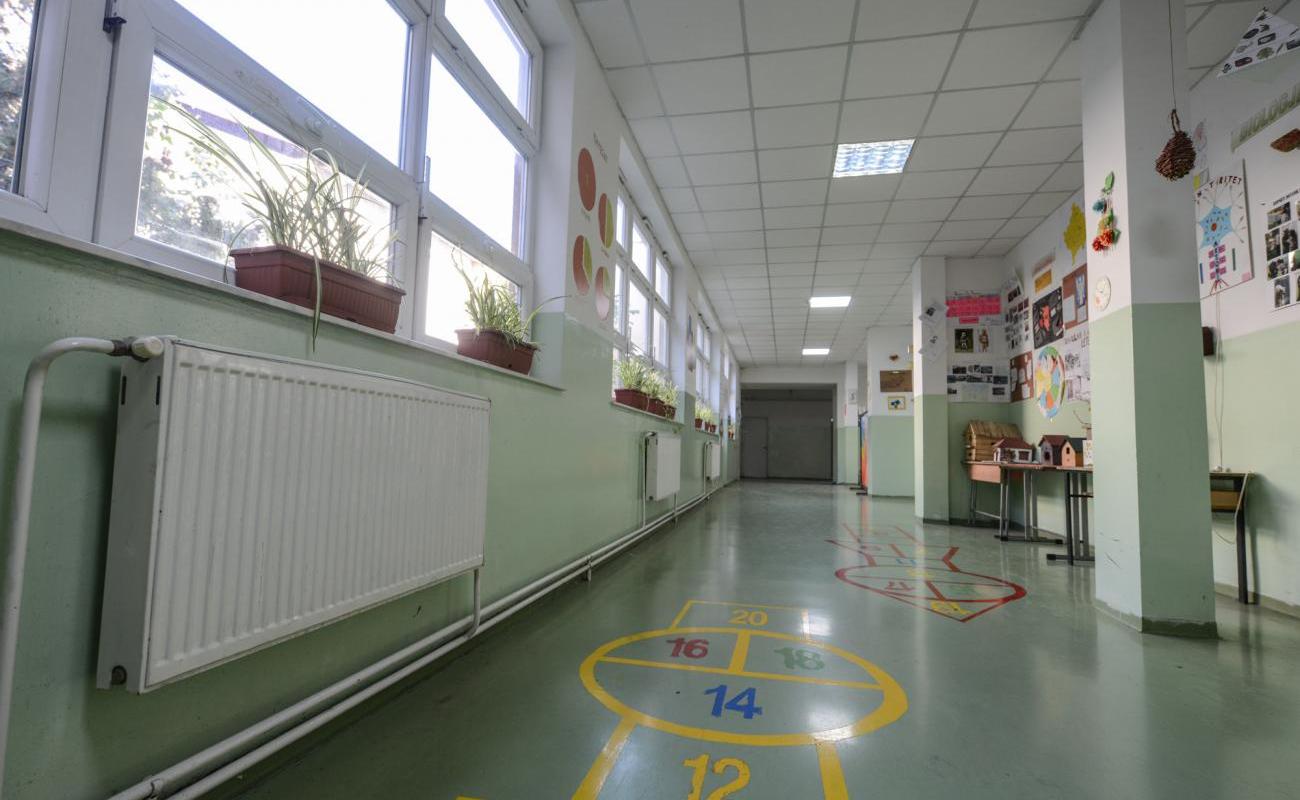
During the autumn and winter season, when temperatures fall, the demand for heating and energy consumption increases. This causes an increase in pollution since the major sources of energy used for heating are fossil fuels such as coal, oil and others, which when burned emit large amounts of greenhouse gases. Being closest to the “Kosovo B” thermo-central which uses coal for electricity production, Pristina is one of the cities with the largest amount of pollution in the region and in Europe, with the air quality often being described as extremely unhealthy or even hazardous.
To help address this issue, specifically to reduce the pollutants and greenhouse gas emissions, to increase the energy efficiency in the “Termokos” system, as well as to improve the quality of heating supply for existing and new consumers in Pristina, in 2019 EU office in Kosovo launched the project “Rehabilitation of the district heating network in Pristina.”
Naim Bytyçi, Director of the Distribution Department and project manager on behalf of “Termokos,” says that the project has been a huge success since all the objectives have been met. “Throughout a two year period, we have managed to expand and rehabilitate the network and the substations. 120 old substations have been rehabilitated, 50 new ones have been installed, while almost 17,000 meters of underground pipes were replaced by new preinsulated pipes, resulting in increased efficiency and a significant reduction of losses of heat and water” – declares Bytyçi.
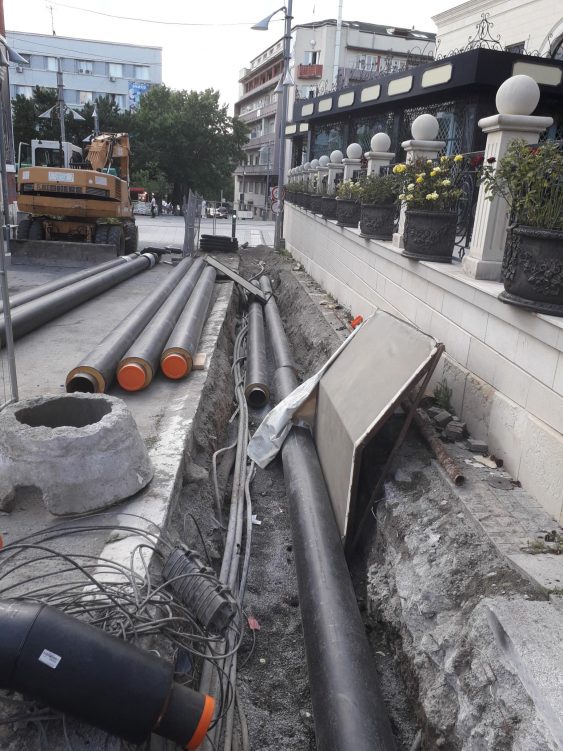
Apart fromreducing the losses and increasing efficiency, this means that new customers have been added to the network. “In an economic sense Termokos has gained a lot since apart from reducing the losses in the network, it has gained 3000 new customers, including public institutions such as two kindergartens, five schools, police stations, QKUK, Kosovo’s National Theatre and others” – says Bytyçi.
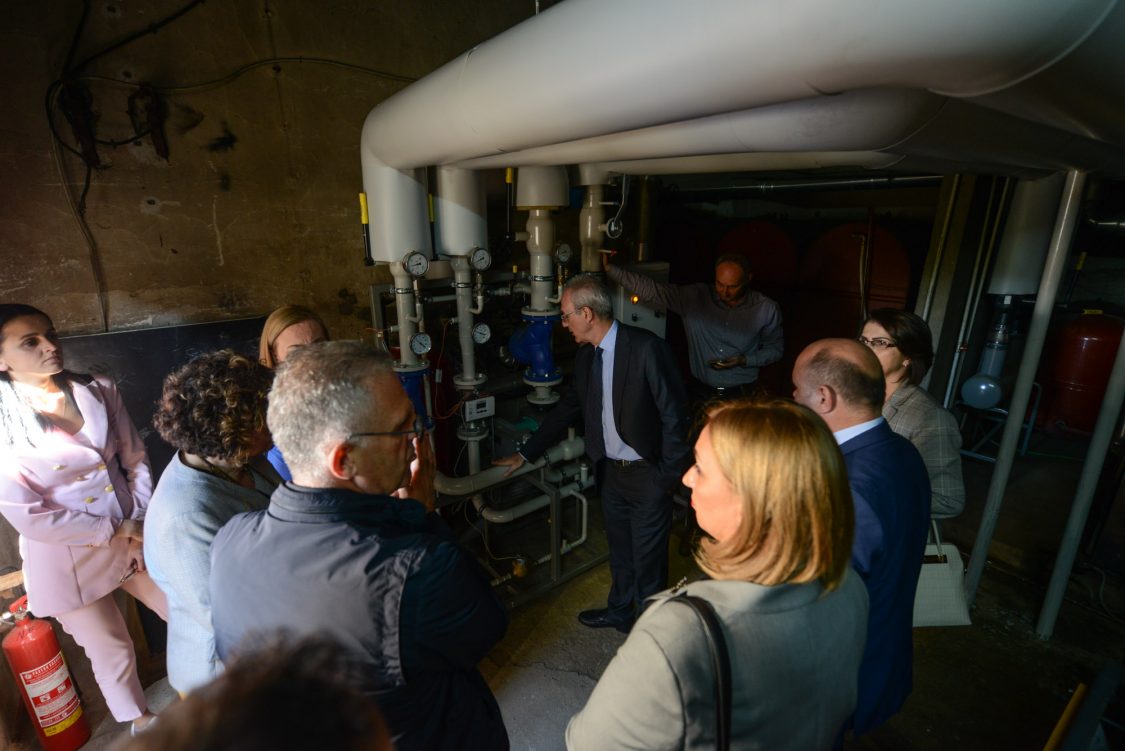
But what’s also very important according to Bytyçi is the fact that these new customers have no longer the need to use fossil fuels for heating. “All of the public institutions, prior to being connected in the district heating network, have used oil as a source of heating. Except that they’ve been dealing with huge financial costs due to high oil prices, these institutions have been a source of pollution, especially given the fact that they operate in the city centre mainly. Even residential consumers now connected to the Termokos network, do not use electricity for heating purposes. This has a positive effect on household’s economy, it decreases the demand for electricity consumption and it improves air quality” – concludes Bytyçi.
One of the institutions that has benefited from the project is the Faculty of Architecture and Engineering of the University of Pristina.
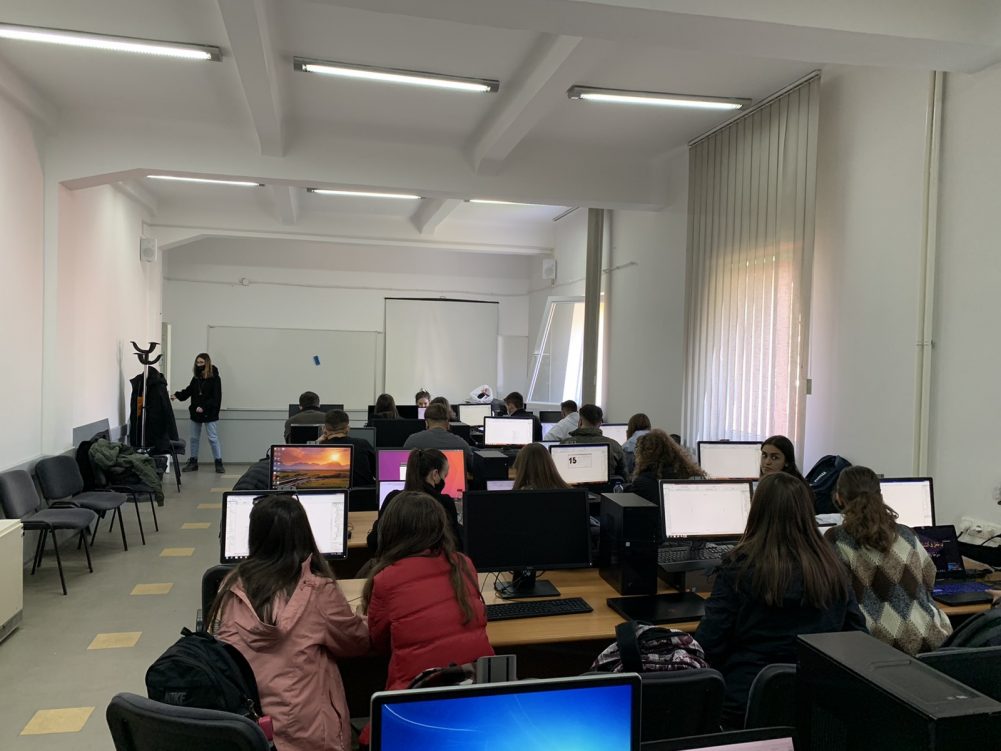
Prof. Arta Basha-Jakupi, Vice-Dean of the Faculty of Architecture says that prior to being connected to the district heating network, the Faculty of Architecture had difficulties with poor heating and expensive electricity bills. “Being connected to the heating system, it has provided us with a suitable working environment for the performance of tasks by students and staff. More precisely, the current heating systems has significantly improved the comfort at work and in general the well-being of students and employees in the premises of the Faculty of Architecture.”
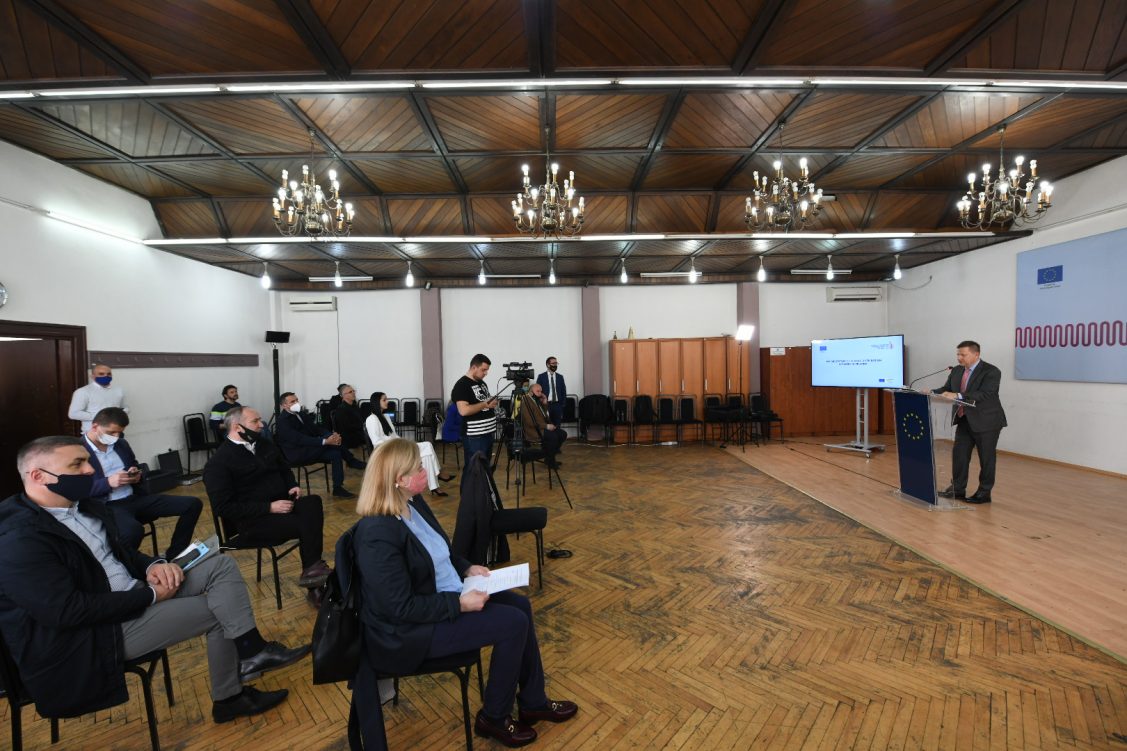
The project “Rehabilitation of the district heating network in Pristina” ended solemnly in April 2021, and was funded by European Union in Kosovo, under IPA 2015 programme.
